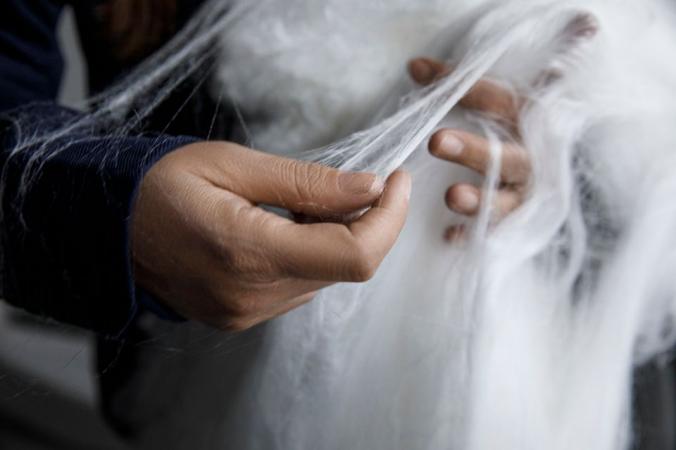VR used to identify Safety Hazards at Melbourne-based Water Utility
A water utility has been recognised by Worksafe for its innovative approach to identifying potential hazards early in asset design by using virtual reality (VR). The Melbourne Water project has been named the winner of the “best solution to a specific workplace Health and Safety issue,” award, at the 2017 Worksafe Awards.
Melbourne Water has successfully trialled and adopted virtual reality technology to enhance its identification of design defects and OHS risks during the planning phase of capital projects.
Previously, two-dimensional drawings and three-dimensional modelling were used during the design and hazard detection process.
This practice raised challenges for technicians and operators as they endeavoured to imagine or contextualise the finished plant and offer effective feedback regarding safety or operability issues to the designers, constructors and project managers.
As a consequence, less obvious design and safety issues were being overlooked – posing potential injury risks as well as costly and difficult fixes post construction.
During a trial of the technology, Melbourne Water identified an additional 20 safety issues on top of six items detected using ‘traditional’ methods.
The immersive virtual reality technology has now been embedded into Melbourne Water’s safe design approach and hazard identification and risk control processes.
Melbourne Water Safety Manager, Technology and Innovation, Scott McMillan, said using VR was a fun and interactive way to identify hazards early.
- With our traditional hazard identification methods, we still noticed that some hazards were being identified once the asset was operational.
- We knew we needed to engage the operations and maintenance technicians in a more immersive way and so we thought a virtual reality system could help us to bridge that gap, and show the technicians what the proposed designed would look like in as close as possible to a real world space.
- In order to test the benefits of the VR system we ran the old hazard identification system in parallel with the new VR system. We only identified six potential hazards using the traditional method, but we were able to identify 20 by using the VR system.
This article was originally published in Utility Magazine.









